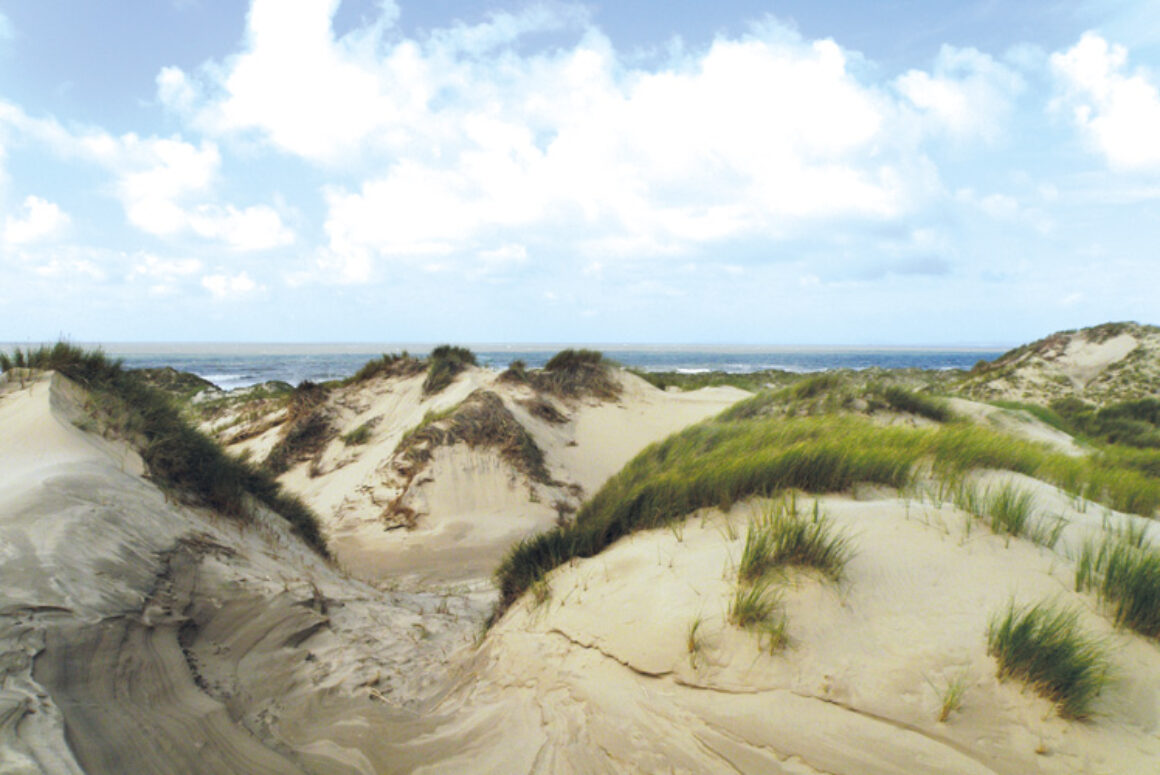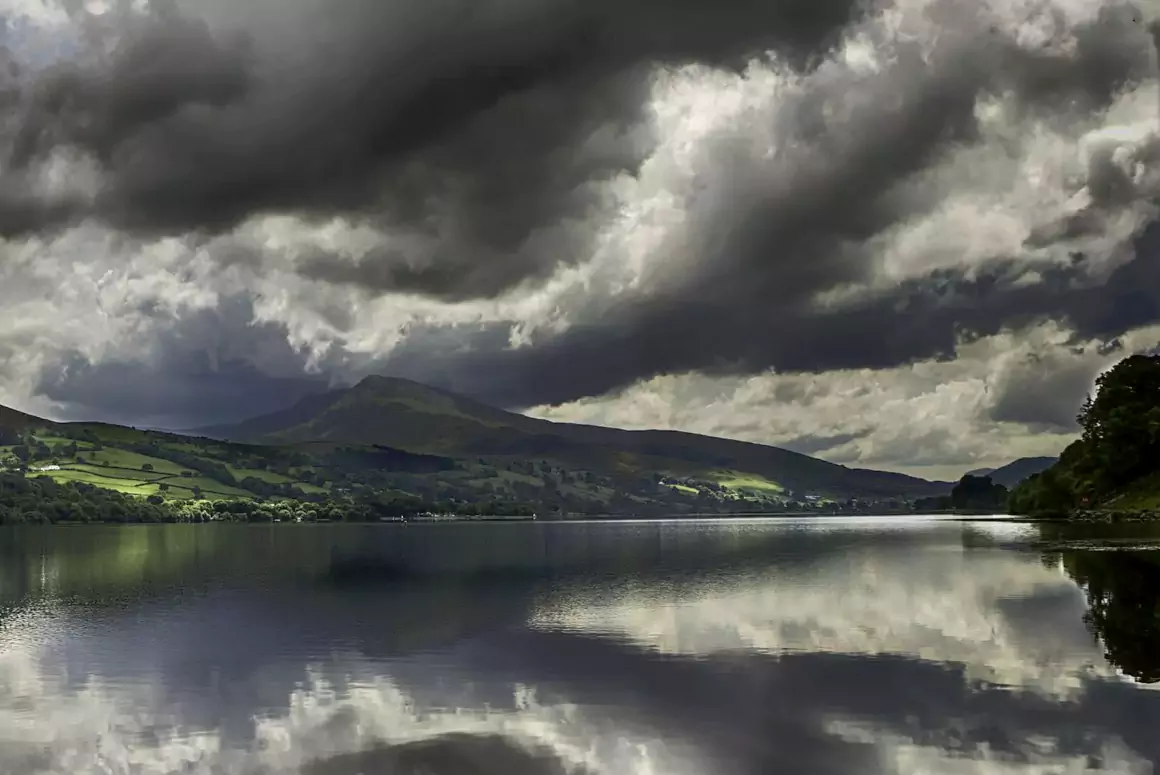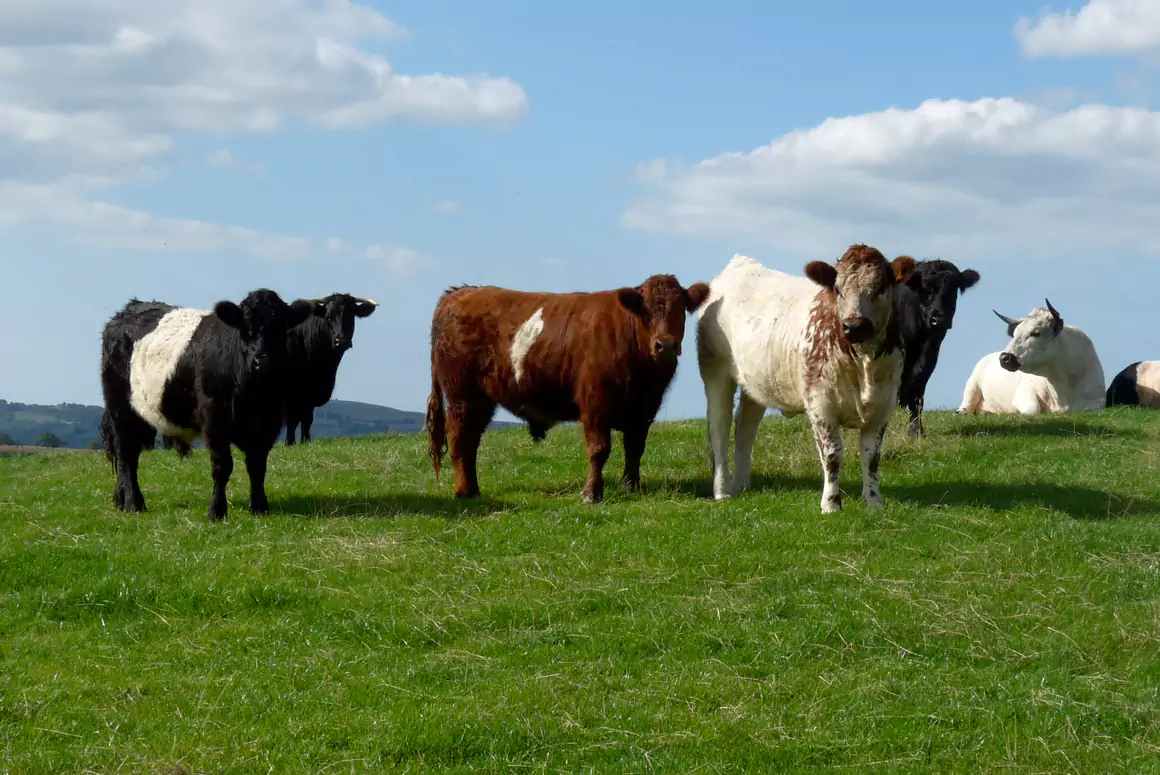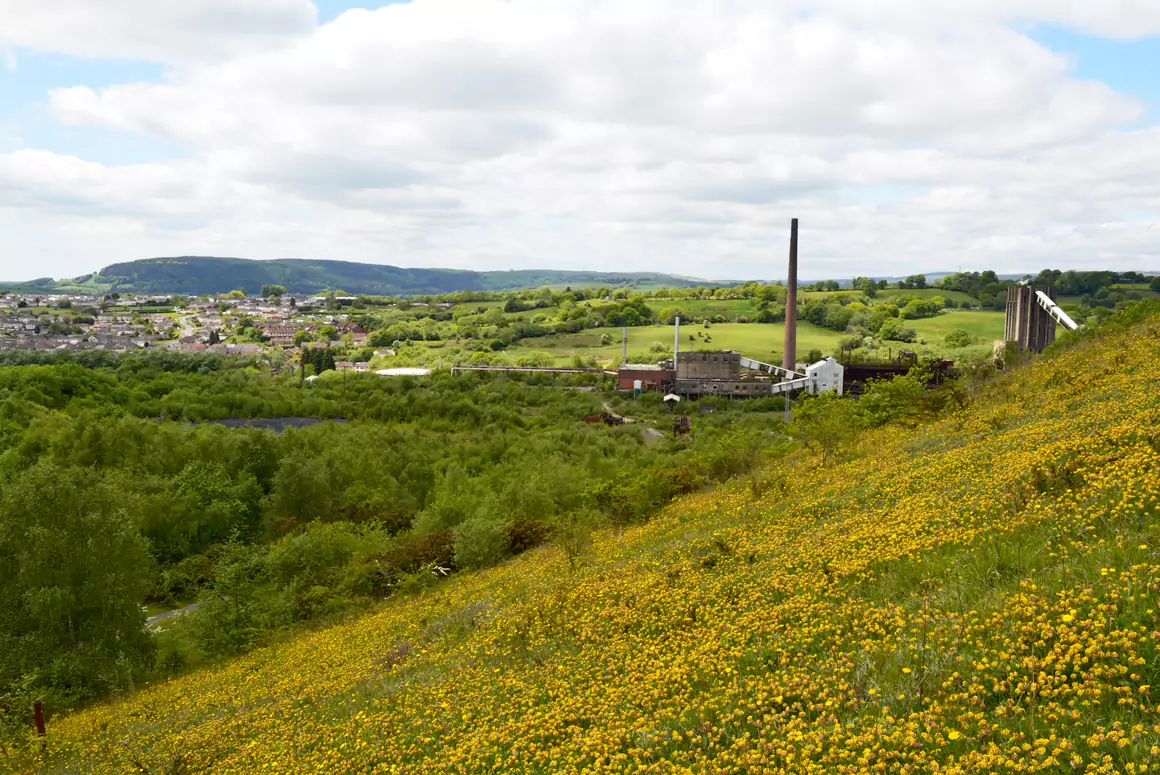“There are places I remember all my life, though some have changed…”
Packed with meaning, those Lennon-McCartney lyrics about people and places are painful reminders of what has changed forever, not for better. Pondering the past and what has passed, we risk overlooking what remains.
As we strive to conserve Nature in Wales, it is also important to enjoy, promote and celebrate the fact that we still have some great places to see wonderful wildlife and ecology. All these places have their moments, and with spring’s arrival, for many of them that moment is now.
Our 74 National Nature Reserves (NNRs) cover the spectrum of Wales’s finest biological and geological habitats and most diverse flora and fauna. Then there are at least as many Local Nature Reserves as well as numerous other sites maintained by the Wildlife Trusts, RSPB, The Woodland Trust and other non-governmental and voluntary organisations. Wales has hundreds of nature reserves… but for now let’s sing the praises of just five.
Our first stop is at Morfa Harlech. Within minutes of leaving the car park at Benar Beach, you enter a world far removed from the holiday hustle and bustle of the nearby towns and villages: a world of wonderful wildflowers, butterflies and birds; a realm which, later in the year, is invaded by the Kingdom of Fungi, whose colourful courtiers and strangely shaped soldiers rule the dunes until they, in turn, are banished by the first frosts of winter.
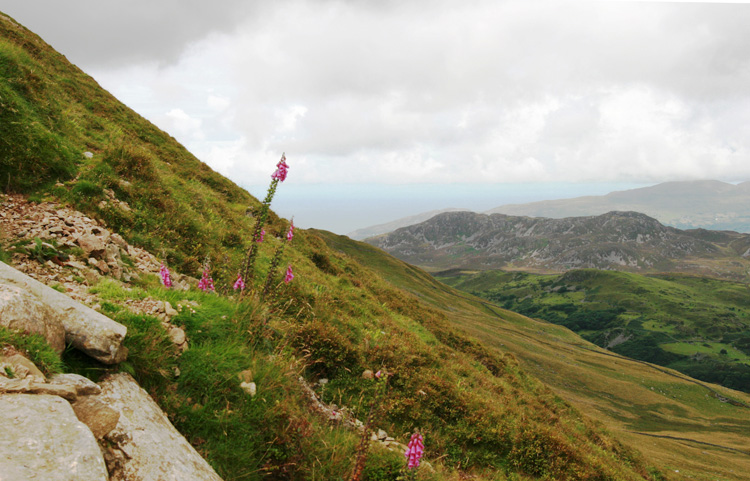
Rather than taking on Snowdon itself, let’s move down to Dolgellau and tackle another of the big peaks, Cadair Idris, where letting the train take the strain is not an option. This rugged place is full of clues about the formation of the Snowdonia Mountains; indeed, Darwin himself visited Cadair Idris to study its geology. The NNR is not just about rocks, however; it has much to offer birders and botanists alike in a landscape as dramatic as any in Wales.
With the gorgeous Gower nearby, Swansea seems to have a westward focus, but to the east, nestling between the city and the M4, lies Crymlyn Bog and Pant y Sais NNR. This wetland reserve deserves far more attention than it receives. A level boardwalk through a lowland fen brings you to a wildflower and wildlife paradise, lost to the hordes on the highways nearby.

Tucked away in the eastern heartland of Wales near Newbridge on Wye is Cors y Llyn, another amazing wetland NNR, with pools, a wildflower meadow and two mire basins carved by glaciers and now brimming with colourful mosses and lichens and abundant with amphibians. This reserve is a paradise for dragonflies, damselflies and butterflies too.
This rugged place is full of clues about the formation of the Snowdonia Mountains
Our final stop, also in Powys, is the remote and truly wild Nant Irfon National Nature Reserve, on the eastern side of the Cambrian Mountains, not far from Llanwrtyd Wells. Rivers and mountains are the main ingredients of dramatic landscapes, and this reserve is surely world class.
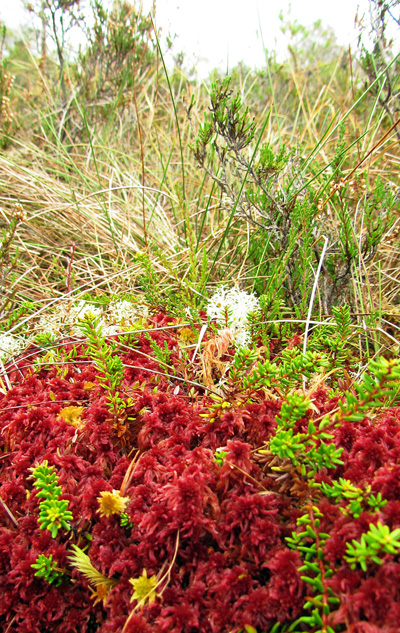
What can be more frustrating than planning a relaxing day out at a coastal or countryside location and then getting lost, wandering around unnamed lanes, or, worse still, being told (no matter how politely) that you are trespassing? The sad truth is that most of our nature reserves – like those in many other countries – are hard to find. Many have no signage from main transport routes, and some have no signs at all until you have crossed a field or wandered through woodland and stumbled across an entrance.
If those reserves that can cope with increased footfall, and therefore make a bigger contribution to the local economy, are to fulfil their potential, we need better signage.
In the meantime, wouldn’t it be great if for each reserve there were maps, written directions and pictures along the route to help visitors avoid wrong turnings? They would also need to know in advance whether Uncle Jim in his wheelchair or Auntie Mary, who can’t climb stiles, could manage the terrain. And if their main interest is birds or butterflies, flowers or fungi, they need to know the best places for each.
A new online resource www.waleswildlife.com answers these questions and a lot more. Equivalent to a 1,000-page book and illustrated with hundreds of maps and on-location pictures of the landscape and species, the website is backed by a further 1,500 pages of wildlife information. And it’s all free. Author Sue Parker has received generous help from experts in the Countryside Council for Wales, the Wildlife Trusts, RSPB and many other wildlife authorities. Sue is keen to receive feedback and suggestions for improvements and additions that will help us and visitors to Wales enjoy these special places for which we will never lose affection.


